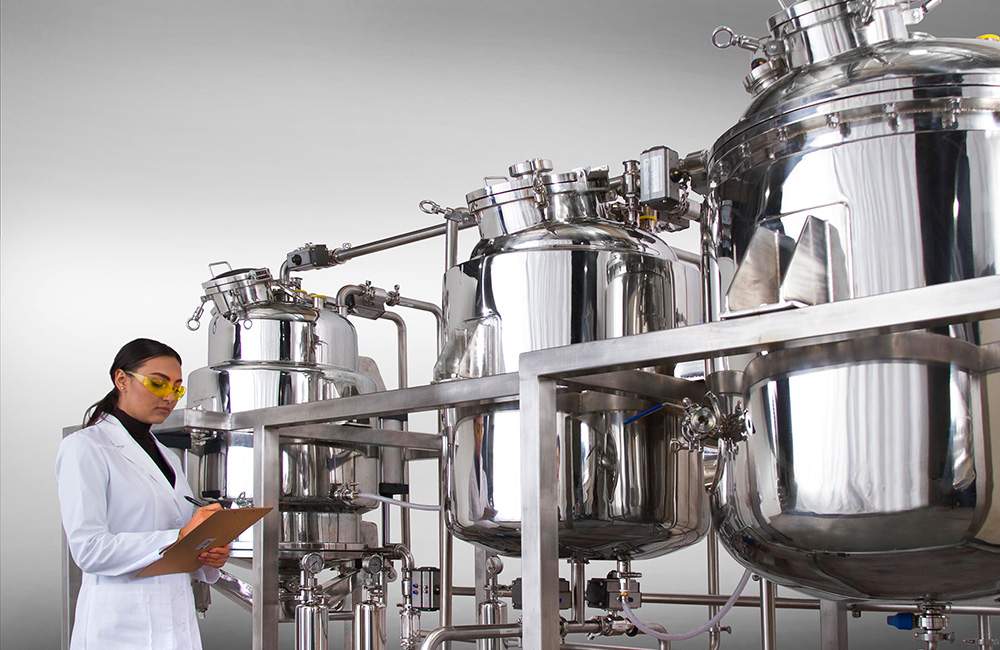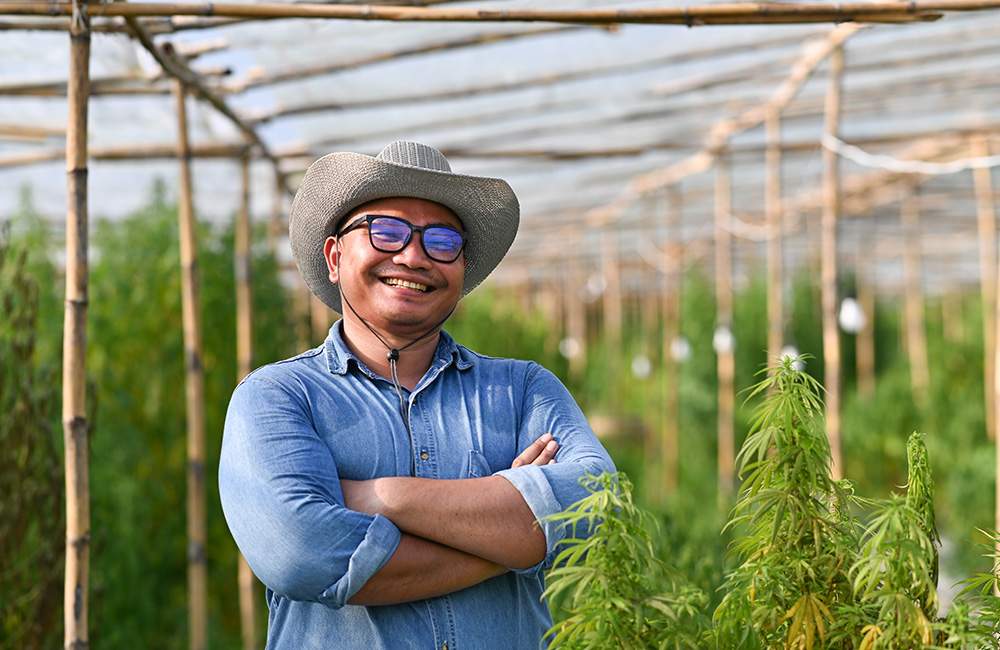Are you ready to begin construction on your cannabis cultivation project?
Cannabis is one of the most regulated industries in the world, which makes it easy for someone just starting out to overlook minute details and quickly find themselves in hot water. Breaking ground on an indoor, outdoor, or greenhouse project can be an extraordinary adventure, although there’s a side to it that can be daunting and time-consuming. All over the world, the industry regulations are in a constant state of opening, transforming, and shifting, which can be burdensome to keep up with. With that in mind, here is a checklist, or guide, to ensure one is prepared to turn any project into a reality.
THE SIX ESSENTIALS TO CONSIDER

FINANCIALS
Being financially prepared to enter the cannabis grow business is crucial. This includes certifying the entire financial program has been secured for the present, as well as the future, and all the unknowns it carries with it. In this industry, compliance hurdles and delays are frequent, so it’s necessary to have a back-up plan and a back-up plan to that back-up plan.
Some questions one should ask:
- Is all this financially feasible on your budget and can the program handle setbacks?
- Has doomsday cash been set aside for any obstacles?
- Are there c-suite team members who are well versed in the ins and outs of the financial landscape?
- Are there options laid out for early investors who are absorbing the most amount of risk? For example, a simple agreement for future equity (SAFE) is a financing contract that may be used by a startup company to raise capital in its seed financing rounds.
Thinking ahead and enlisting CFOs and project manager types for the team that can accurately forecast the CAPEX, OPEX, salaries, procurement issues, shipping, and construction will help to wade through the murky water of monetary mishaps and keep the project headed down the path of success.

LAND
When acquiring land, it’s important to investigate the property thoroughly to guarantee a viable space for cultivation. Here are some questions to ask:
- Is the land permitted — through local municipalities and country-wide regulatory bodies — to grow cannabis?
- Is the property best suited for the specific cultivation methods selected?
For example, contaminated soil or water can affect the crop, potentially rendering it unusable. - Is the land accessible to roads, airports, fresh water, stable electricity, a workforce who can access the property?
It’s important to note that before seeking investment, there should be a proper business plan laid out that covers every element of construction. A project bible if you will.

LICENSING AND COMPLIANCE
After securing the budget and land and triple checking it meets all the requirements, it’s time to investigate licensing and compliance.
Some factors to consider:
- Has the facility completed its design requirements?
This includes engineered drawings, electrical design, fire and safety plan, HVAC design, GACP or GMP compliance documents.
- Has construction been permitted to begin? Has the local municipality granted approvals?
- Are the final products being cultivated going to match the countries’ guidelines for medicinal or recreational requirements?
- Is there a plan to grow at a standard that will ensure quality and health for the consumer?
- Is there an IPM (Integrated Pest Management) protocol in place?
Understanding the nuances of operations and compliance matched with applicable cannabis regulations is incredibly important to a successful business. Not only does it safeguard the businesses license and its ability to operate, but it also protects and enhances the businesses value.

EQUIPMENT SELECTIONS
Now that the research has been conducted and financial and legal matters have been combed over, it’s time to load the facility with efficient equipment.
Picking trusted equipment from established providers and seasoned growers is essential to a productive grow facility and cutting corners on low-cost or low-quality equipment will only inhibit the facility from performing at its highest potential.
There is an array of cannabis specific equipment with varying degrees of efficacy and reliability. Planning and coordinating how all this equipment works together along with understanding the warranty, return policy and estimated lifespan of the equipment is paramount.
The three most important elements for creating an optimal environment in a grow room are airflow, temperature, and humidity, therefore, choosing the right HVAC will deeply affect the plants’ ability to flower successfully.
With Cannabis growers under immense scrutiny for their environmental footprint, it’s important to focus on making your facility as sustainable and environmentally friendly as possible. For example, choosing energy-efficient LED lighting, incorporating solar or geo-thermal, and selecting the most rigorous water purification methods available.

HUMAN RESOURCES
A human touch is integral to the grow ecosystem, and to the creation of a happy, healthy, and high-performing facility. One of the largest hindrances in the cannabis space is a lack of skilled folks with direct plant touching experience.
Hiring (or using recruiters) experienced and passionate people for the team will help a business run effectively and efficiently. Financial experts, seasoned general contractors, experienced cultivators and security specialists are just a few of the many roles to consider.
Hiring an attorney well-versed in the cannabis world, a CPA for accurate bookkeeping and a Master Grower who can properly manage cannabis and crop production are all ways to keep a cannabis business blooming.

ORGANIZATION
To keep this entire operation running smoothly, disorganization is simply not an option. An organized work environment establishes trust, promotes productivity, reliability and helps to create a unified team.
Therefore, incorporating tools to ensure tasks and accountability before construction begins, is a must for an aligned vision.
This includes implementing software like ERP (Enterprise Resource Planning), which is used to manage day-to-day business activities, as well as utilizing data management tools, in-house messaging programs and seed-to-sale tracking software to ensure compliance.

THINKING BIG PICTURE
After delving into the daunting and minute details of land, licensing, financing and legality, the next step is to zoom out to view the bigger needs required for a successful facility build.
Some questions to ask yourself:
- Have there been any feasibility studies conducted to uncover the strengths and weaknesses of the project, the region, and resources to help determine if it is likely to succeed?
- Has a competitor analysis been conducted? Identifying what businesses are doing right or wrong is akin to any successful enterprise. Competitors can be looked to as the ideal blueprint, as competition, or possibly as future collaborators. This is when a SWOT analysis comes in handy.
- Has a rigorous doomsday strategy (see above) been crafted to avoid any calamitous scenarios?
Have there been long-term goals set regarding the rapidly changing market? Some goals may include looking overseas for new clients, diversifying product offerings (oils and extracts), and partnering with other related industries or sectors to enhance the consumer experiences.
As it relates to any and all the above, please contact jordan@cannabisglobalconsultants.comto ensure your cannabis cultivation project is in safe hands.



